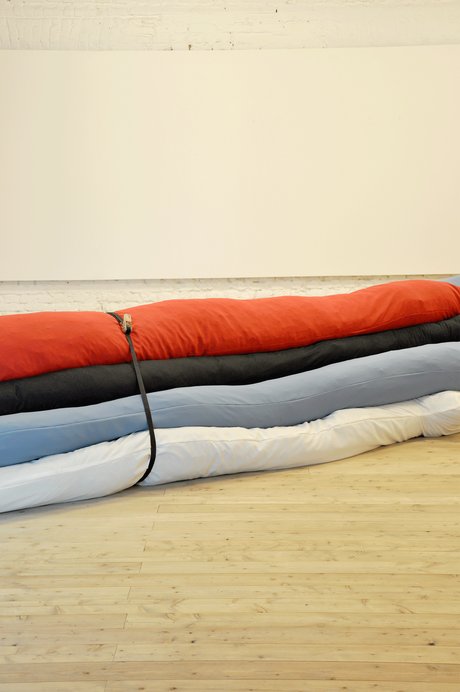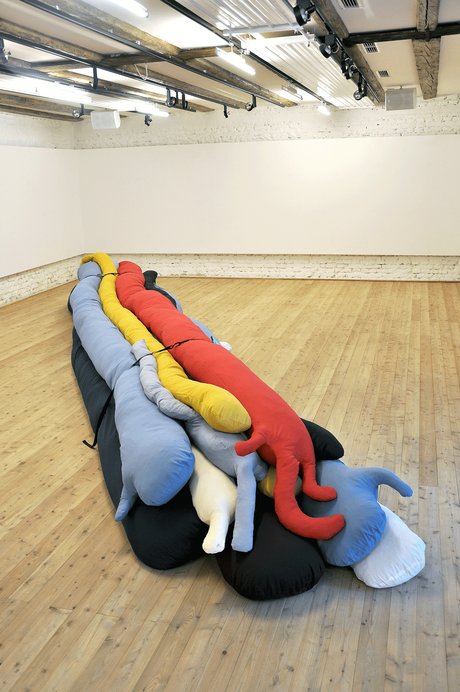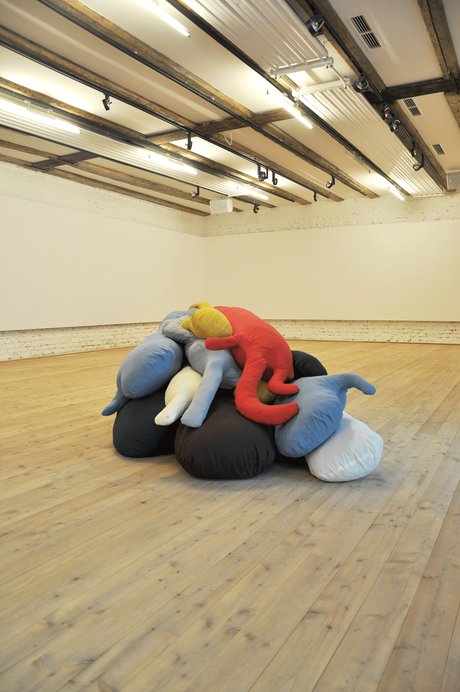testing, 2015
universal indicators on balsa wood
Municipal wells have lost their former significance as centers of communication in public space. The once elemental
source of drinking water has been reinterpreted for water play: the basin and their designed shape are merely decoration,
automatic circulation pumps simulate a lively rippling. The project testing uses the fountains for its very own
and private purpose: various diagnostic and medical test strips dipped into the fountains react depending on the water
quality in different colors and deliver subtle, abstract images. In times of data being constantly collected in public space this project aims at forming a private database of colors and shades derived from public places as much as developing
alternative ways of painting and drawing.
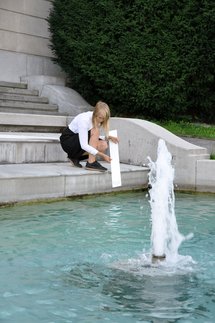
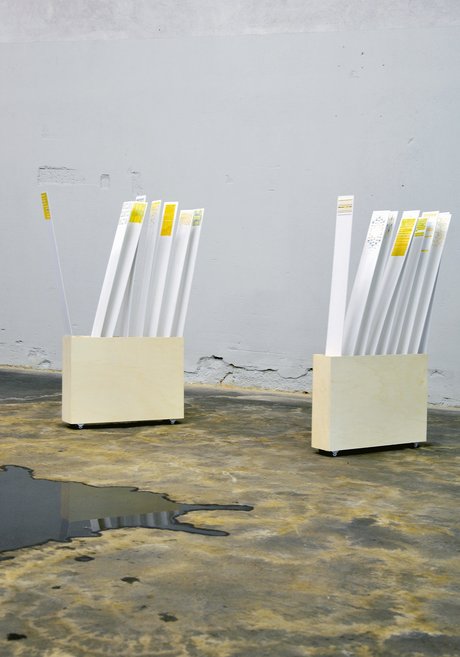
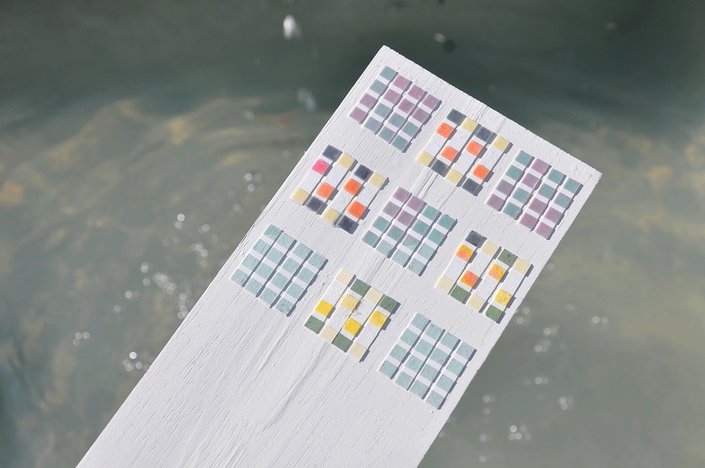
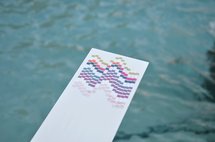
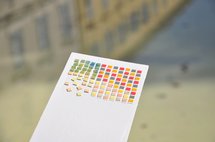
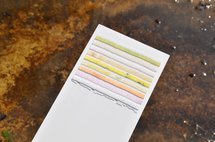
container remainer, 2015
wood, used clothes, plastic bags
It is convenient to donate clothes we no longer use to charities and very often done with good intentions. Once inserted into collecting containers, we rapidly lose track the textiles given away. Between profitable resale and direct recycling it is still on debate whether donated clothing helps or prevents development of local industries. For the installation container remainer donated textiles remain wrapped in the plastic bags used for packing the up and are melted into the form of bricks. This way the donated clothing loses its original function and becomes unusable as a second skin. The resulting new material is also of limited use for construction and its value lost in the field of
tension between good intentions and possible consequences of very often Eurocentric development aid.
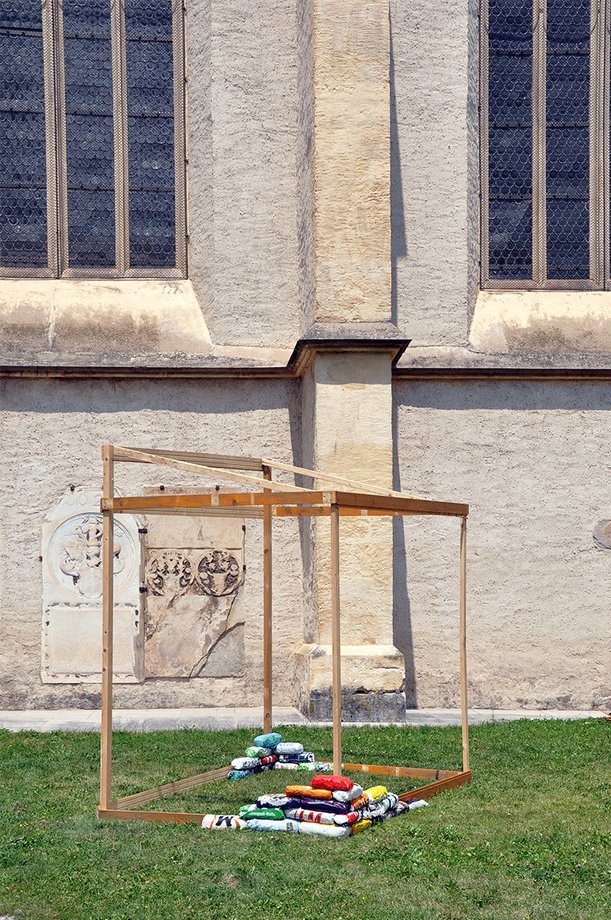
weiss auf weiss, 2015
Die Klauberinnen vom Rabenwald
In the eastern part of Styria, a rural region of Austria, a talc mine lays hidden upon a hill. Still in use today, it has been excavating and processing the white mineral, which is used for a wide variety of purposes ranging from paper manifacturing, cosmetics and synthetic fibre processing. Untill the 1990‘s local women used to sort the rocks according to their degree of whiteness defining the quality of the product.This job was physically very hard, but constituting one of the few possibilities to get work for women outside of agriculture or family.
The research project started in 2013 when regional festival komm.st took place in Anger, a small town near Rabenwald, where the mine is. A research room to get in touch with former talc sorting women helpd to establish first contact. Over the course of two years I could conduct several interviews with former workers and gather information and photographic documentation to help preserve the memory of the female impact on styrian mining history. The collected data was than published in the book 'weiss auf weiss – Die Klauberinnen vom Rabenwald' combining text, photographic and graphic work set around the historic and contemporary conditions of female work in rural regions.
Published in cooperation with edition mono.
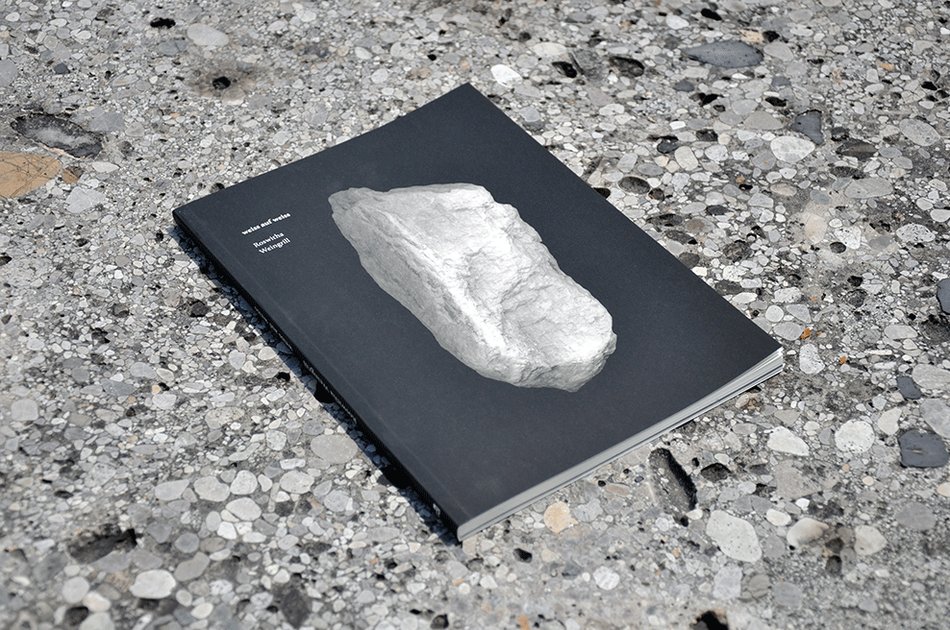
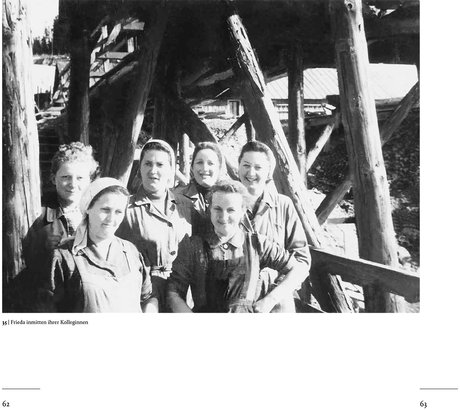
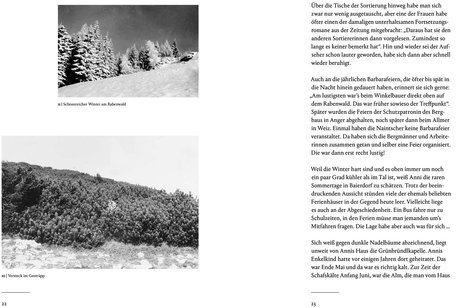
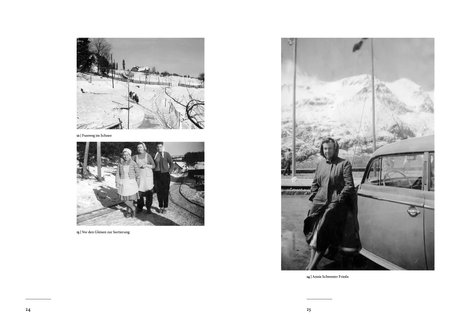
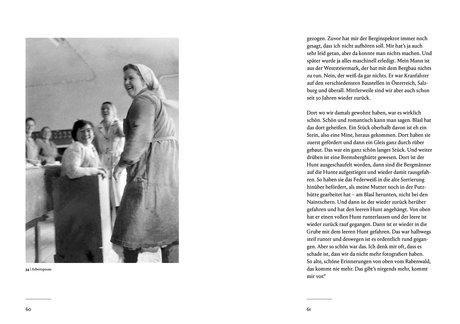
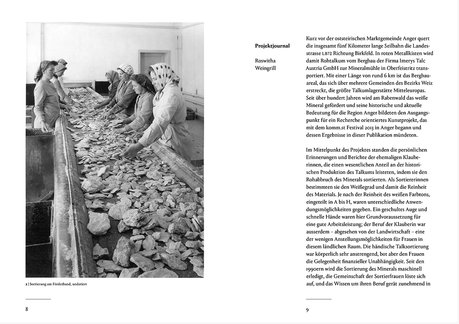
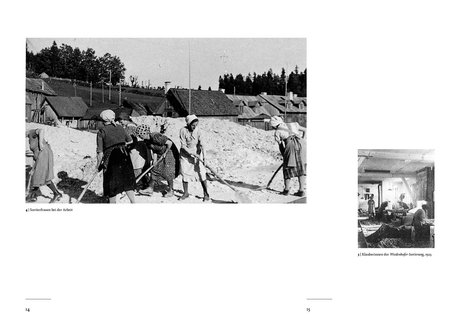
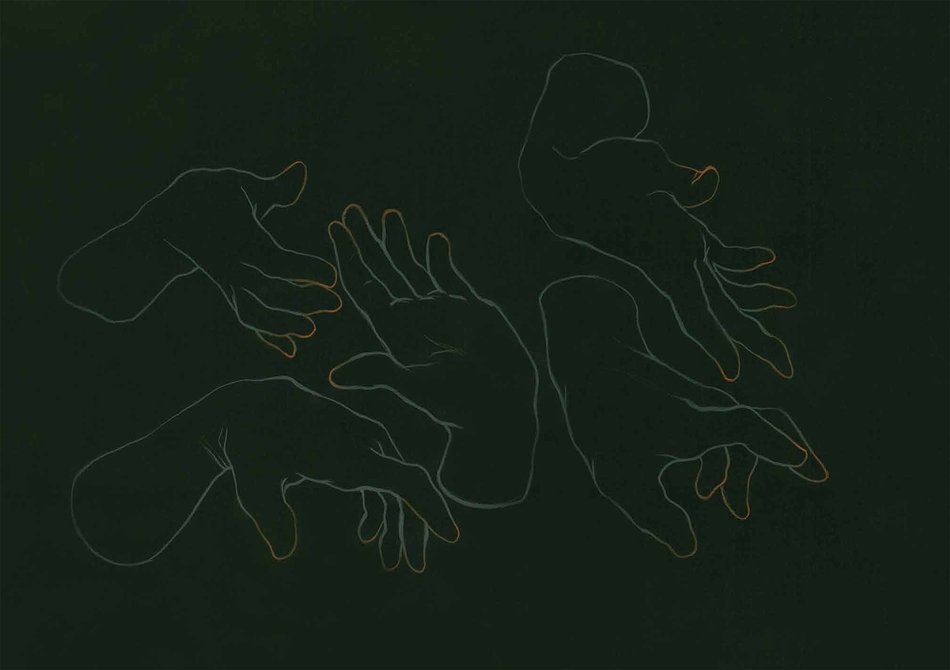
cargo guts, 2015
Baumwollstoffe, Heu; 2m x 1m x 8m
The work cargo guts // Rosinas hay shows human organs that are designed in a very efficient form and practically prepared for the transfer. In this state none of the organs would be able to work properly, they became cartoon like version of their former purpose. The title refers to the colloquial meaning of guts as courage, a much needed personal quality today when in need to adapt to rapidly changing demands of our time. The cloth tubes are filled with my grandmother´s hay which she had stored for 20 years after closing down her farm. In her own little rebellion against transforming living conditions she had refused to get rid of her handmade product in all these years.
